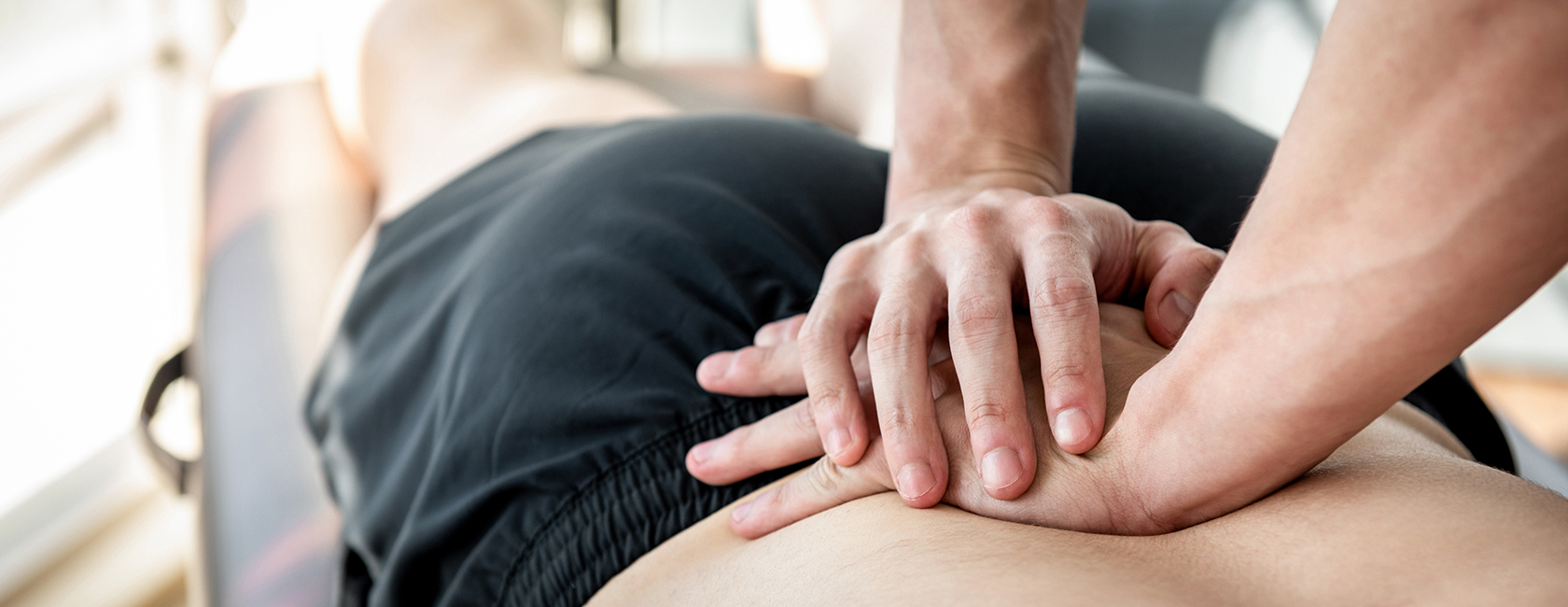
Avoiding Opioids: Pain Management Alternatives
More and more, healthcare providers are seeking out non-opioid pain management alternatives—even when treating patients who don't have an opioid addiction—because using them avoids unwanted side effects and helps reduce costs.
Of course, combating the longstanding opioid epidemic is reason enough to select effective pain management alternatives. According to the US Centers for Disease Control (CDC), deaths from opioids, including prescriptions, were six times higher in 2017 than in 1999, and the epidemic is barely slowing.
Fortunately, numerous pain management alternatives are showing great promise:
Chiropractic Care
Also called “spinal manipulation,” chiropractic care is a non-pharmacological approach to pain that involves a chiropractor manipulating the spine. It is most commonly used to treat back pain, though not limited to the back. The American College of Physicians recommends its use for chronic low back pain, particularly when combined with other modalities such as massage and acupuncture, in a recent report in the Annals of Internal Medicine. Additionally, a 2016 review of literature found that when treating low back pain, spinal manipulation was as effective as other “active interventions.” An older study also found that chiropractic patients experienced similar reduction of pain and disability levels as did medical patients, with a slight improvement in knee pain, leading the authors to conclude that “Chiropractic care compared favorably to medical care with respect to long-term pain and disability outcomes.”
Physical Therapy for Chronic Pain
Physical therapy relies upon stretching and strengthening exercises to restore function and reduce pain, and is often covered by health insurance. The CDC recommends it as a first line of defense, before pharmacological options, against chronic pain that is muscular or post-surgical, such as back pain, post-operative knee or hip pain, and even osteoarthritis and fibromyalgia.
Acupuncture
The ancient Chinese modality of acupuncture, where micro-thin needles are inserted at junctures in the skin that coincide with pathways known as "meridians," has been linked to relief of pain. Studies have indicated that the needles may interrupt pain signals and stimulate the central nervous system. This is thought to release chemicals into the muscles, spinal cord, and brain that promote the body's own healing processes. While patients try acupuncture for conditions ranging from nausea and headaches to myofascial pain and carpal tunnel syndrome, studies find it has some benefit in treating chronic pain, neck pain, and low back pain.
Massage
While massage may not erase chronic pain for the long term, it can provide a much needed break in the pain cycle and has been shown to reduce intensity and duration of pain. There's evidence massage is more effective at reducing pain than other treatments (or no treatment at all). Researchers have recommended that massage be included as part of a holistic approach to pain management for a variety of pain conditions.
Injections or Nerve Blocks
For people suffering from a painful spasm or flare up, sometimes an injection or a nerve block of a local anesthetic, steroid, or other non-opioid medication can break the pain cycle long enough to enable recovery. These nerve blocks work best before pain has become chronic so patients should probably consider getting them sooner rather than later in the treatment. However, they also don't work the same for everyone, so it's important to balance one's outlook with realistic expectations.
For people who need more intensive pain-relieving options than those listed above, other pain management methods include:
Radio Wave
Radiofrequency ablation may sound scary, but it's a relatively simple procedure that heats the nerve ending to destroy it and effectively put the pain on pause. This involves inserting a needle near the nerve responsible for the pain, and the resulting relief can last for as much as 3 months. While practitioners often recommend it for people with chronic back or neck pain that hasn't responded well to other treatments, its efficacy is still being researched. There is some evidence that it may help with chronic low-back pain.
Electrical Signals
Endorphins; the body's natural painkillers. One study found that TENS units were useful in reducing pain in 99% of admissions to an emergency department for pain. More research is necessary to confirm its pain-relieving efficacy.
Spinal Cord Stimulation
When most other methods fail, a pain medicine specialist may suggest a spinal cord stimulator, a pacemaker-like device that dulls pain through a technique called neuromodulation. The physician surgically implants the device in the lower back, attaching it to tiny wires that are located in the spinal canal. Patients can control the device by a remote control. The electricity interrupts the pain signals that are carried to the brain, providing relief to patients.
Care Advocacy
This process works in collaboration with physicians to help improve both the functional ability and mental outlook for patients experiencing back pain. Using dual therapies such as PT and care advocacy together, have been proven to work better than single therapies and offers more education on therapies to discuss with their Doctor. This program uses education and engagement using a biopsychological model, it addresses the interactions between psychological, physiologic and social factors in pain management.
SOURCES
1. https://www.health.harvard.edu/pain/chiropractic-care-for-pain-relief
3. https://www.ncbi.nlm.nih.gov/books/NBK350276/
4. https://www.cdc.gov/vitalsigns/opioid-prescribing/
5. https://www.cdc.gov/mmwr/volumes/65/rr/rr6501e1.htm
6. https://nccih.nih.gov/health/acupuncture/introduction
7. https://www.hopkinsmedicine.org/health/wellness-and-prevention/acupuncture
9. https://www.ncbi.nlm.nih.gov/pubmed/27165971
10. https://www.sonosite.com/blog/ultrasound-guided-nerve-block-ed-opioid-alternative
11. https://health.clevelandclinic.org/4-things-you-should-know-about-nerve-blocks/
13. https://www.medicalnewstoday.com/articles/323632.php
14. https://www.ncbi.nlm.nih.gov/pmc/articles/PMC6123101/
15. https://www.statnews.com/2019/01/23/neuromodulation-pain-therapy-opioid-crisis/